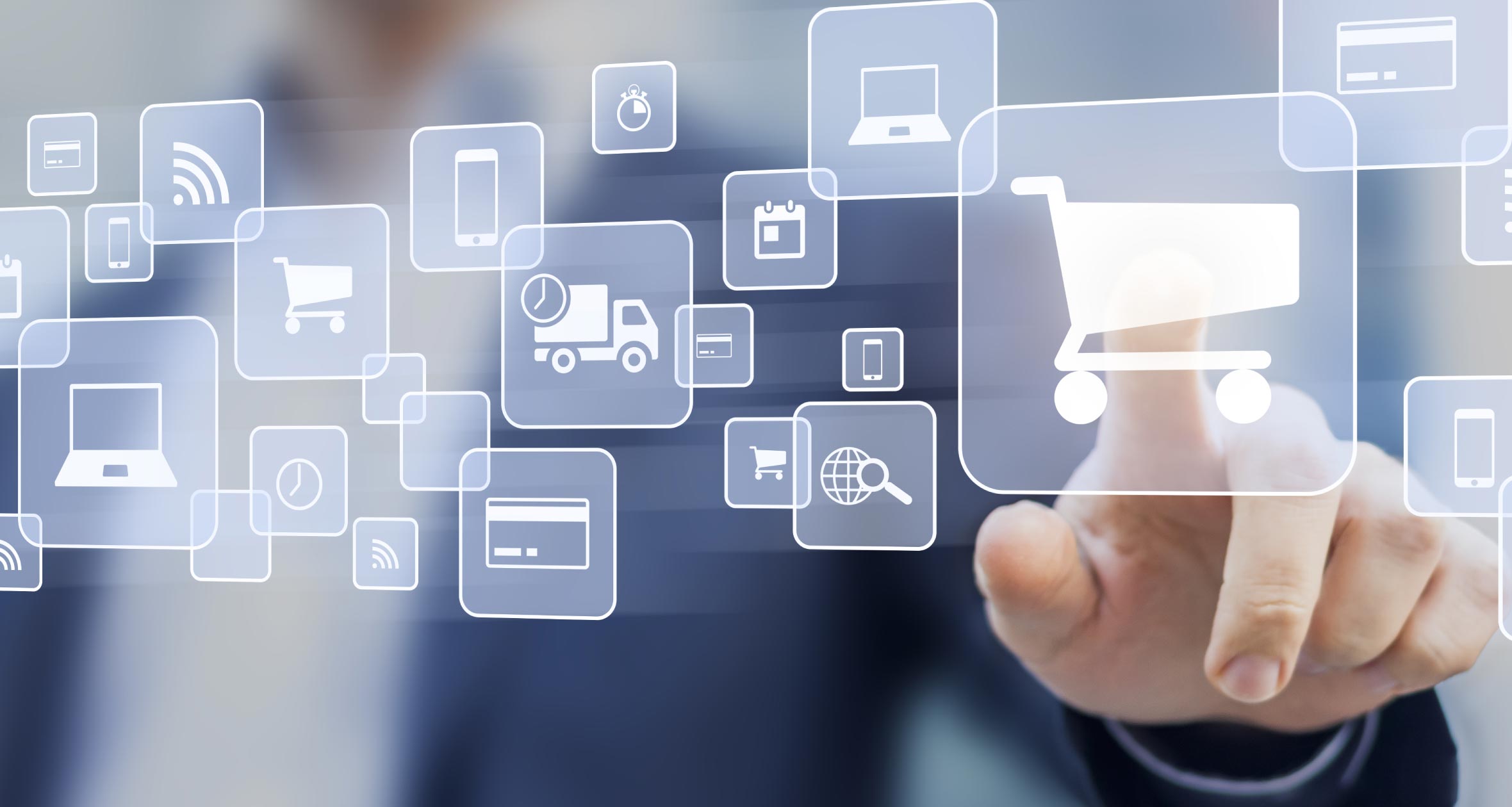By Erin Jaibur, Content Marketing Manager
Enhance Your Business Through Electronic Data Interchange
According to Fortune Business Insights, the Electronic Data Interchange (EDI) market is growing steadily around the world, with its global value projected to hit $4B by 2029. This isn’t surprising; electronic data interchange integration plays a critical role in facilitating the seamless omnichannel experience that today’s customers expect.
For those in the infancy stages of looking into an EDI solution, we’ve compiled answers to some of the most commonly asked questions about leveraging EDI systems for your business operations to minimize manual data entry, streamline business processes, and enhance efficiency.
What is EDI in Business?
Electronic data interchange (EDI) is a common protocol for information sharing between a supplier and a retailer selling that supplier’s products. In the context of business, EDI systems automate the translation of the data into a standardized format during data exchange between the two parties.
An EDI system facilitates the computer-to-computer exchange of electronic documents, ensuring quicker and more efficient business transactions and enhancing overall data exchange.
When Do You Utilize EDI Documents?
The most frequently exchanged EDI documents include purchase orders and acknowledgments, invoices, product activity data, advance ship notices, and other business transactions. A common EDI system workflow may look like this:
- A retailer sends your company an EDI purchase order (PO) which goes into your ERP/accounting computer systems.
- You respond with an EDI acknowledgment, letting the retailer know that the purchase order will be fulfilled.
- You send an EDI advance shipping notice (ASN) containing information about what will be sent, when, by whom, and more.
- Your shipping department packs the product in containers or palettes depending on how the vendor/retailer wants you to ship the product and to where.
- You send an EDI invoice to the retailer, further reducing the necessity for manual data entry and replacing traditional paper documents.
- The retailer’s accounting team will generate and send you an EDI remittance advice document.
Does Anyone Still Use EDI?
Yes. For years, many people have been talking about how electronic data interchange is dead but EDI is certainly alive and well. In 2021, EDI was the largest channel for business to business (B2B) electronic sales; nearly 80 percent of B2B digital transactions occurred via EDI transactions. EDI technology will continue to be an industry standard for years to come.
Big-box retailers like Amazon, Walmart, Home Depot, Target, Costco, Best Buy, Sephora, Staples, and Dick’s Sporting Goods all require or strongly prefer EDI solutions for their business systems. With that said, more retailers, such as Wayfair, are starting to implement API-connectivity. We detail the differences between API-connectivity and EDI here in this blog.
What Are the Benefits of EDI Software?
With EDI software, back-and-forth transactions between retailers and suppliers happen electronically. That means Costco can track purchase orders, ASNs, invoices, and inventory—all without calling your warehouse. The ability to exchange documents via EDI comes with a wide range of benefits, including:
- Eliminating the need for paper documents and manual data entry
- Boosting efficiency through transaction automation and the exchange of business documents
- Lowering the cost per document by 90% compared to manual processing
- Decreasing overall business transaction costs by up to 35%
- Reducing transactional error by up to 40%
- Speeding order-to-cash cycle time by more than 20%
Is EDI Obsolete?
No, but you have to have the right EDI technology. With nearly two decades of retail experience, we’ve worked with vendors and suppliers of all sizes across a variety of industries. Our value-added network (VAN) houses thousands of trading partners, including Amazon, Target, Walmart, and more. Other benefits of Jitterbit EDI integration solutions include:
-
Automated bi-directional data flow.
Our enterprise-grade integration platform sends data bi-directionally between your trading partners and your back-office ERP or accounting system, saving you time while helping you comply with strict retail EDI standards and requirements.
-
Worry-free connections across platforms.
EDI system is not the only thing we can integrate for you. Our cloud-based EDI solution can easily connect e-commerce, CRM, and other business-critical systems to your existing integration.
-
Flexible, future-proofed integration.
Whether it’s e-commerce orders, electronic data interchange, EDI documents, or CRM updates, our platform processes data elements with ease, eliminating the need for manual data entry. When you need to add a new business system or EDI retailer, your integrated EDI solution is ready to scale.
Learn more about electronic data interchange and how our EDI solutions can help you efficiently manage business documents, ensuring automation in your day-to-day business processes.



